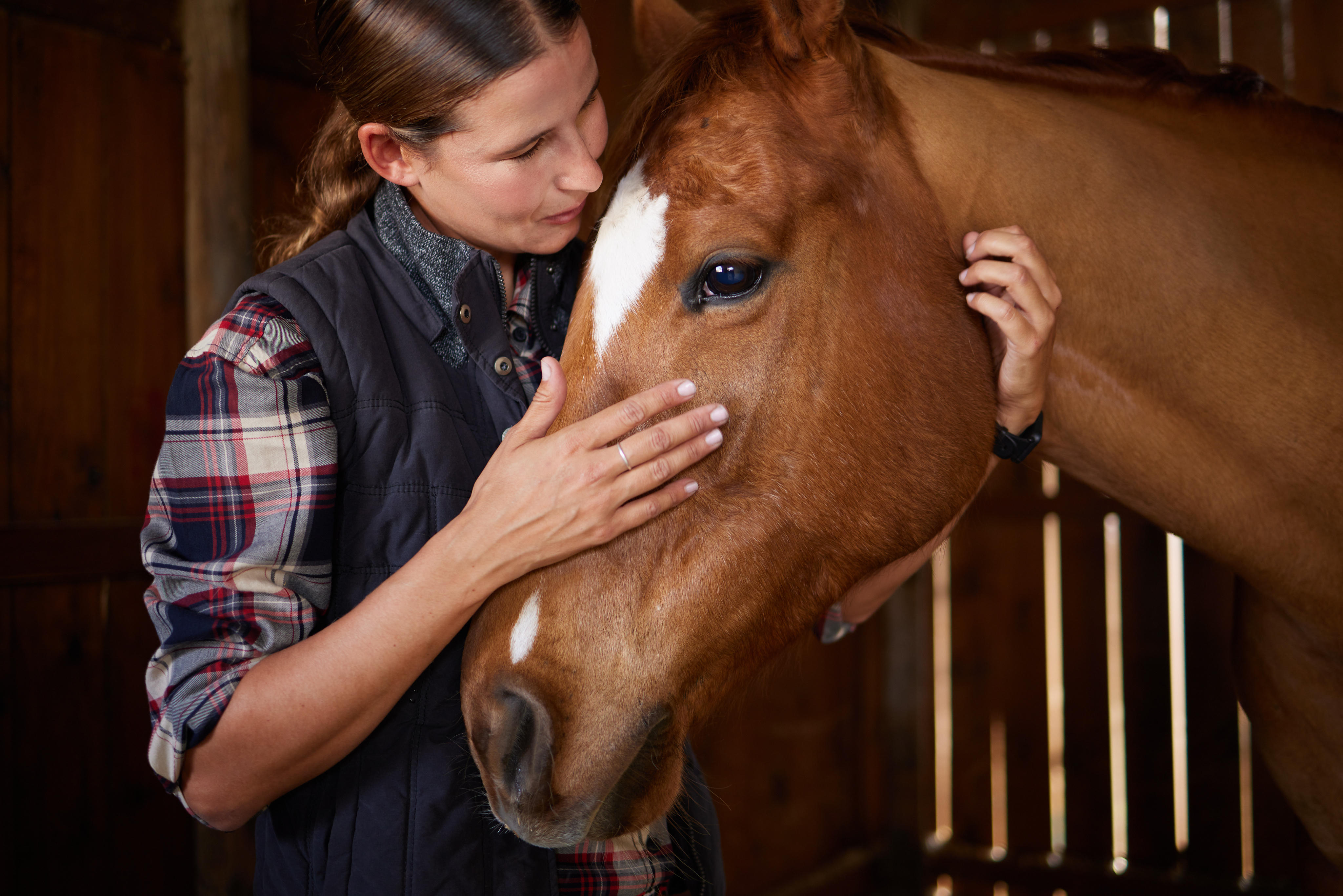Clinical Signs
Signs Presented by Cats with Diabetes
Clinical signs exhibited by cats with diabetes reflect the underlying pathological mechanisms of the disease and aid diagnosis. Of course, laboratory tests are needed to confirm diagnosis (see Diagnosis and Management Overview).
Three Distinct Clinical Pictures in Diabetes Mellitus:
- Uncomplicated diabetes
- Complicated by ketoacidosis
- Hyperosmolar syndrome
Clinical Signs of Uncomplicated Diabetes in Cats Include:
- Polyuria
- Polyphagia
- Polydipsia
- Increased susceptibility to infections (eg, urinary tract infections)
Owners may also notice weight loss in affected cats.
Clinical Signs of Uncomplicated Diabetes in Cats Include:
If feline diabetes is undetected and left untreated, it will shorten a cat’s lifespan. A dangerous, sometimes fatal metabolic acidosis or diabetic ketoacidosis (DKA) may develop. In untreated cats with diabetes, excessive ketones are produced, resulting in ketonuria and DKA accompanied by electrolyte imbalances. Ketoacidosis is a serious condition that can ultimately lead to an acidotic coma and death.
In addition to the classic clinical signs of diabetes, cats affected by DKA may present with:
- Loss of appetite
- Lethargy and depression
- Vomiting
- Diarrhea
- Weakness
- Dehydration
- Dyspnea
- Collapse or coma
Signs of Hyperosmolar Syndrome
Hyperosmolar syndrome is an uncommon complication of untreated diabetes mellitus. In animals in which target tissue resistance to insulin plays a role in the disease, insulin levels can be elevated. In these cases, ketosis is suppressed, and plasma glucose concentrations can become very high. Hyperosmolar syndrome represents an emergency situation. Affected cats will become progressively weaker, anorexic, lethargic, and drink less. Ultimately, blood glucose levels become so high that osmosis shifts water from brain cells and coma results.
Help Your Practice Manage Diabetes Mellitus
Check out these tools and resources to help manage feline diabetes.
Read More About Feline Diabetes
Managing Diabetes Complicated by Ketoacidosis
Related Diseases
Differentiating Factors
Managing Uncomplicated Diabetes
Managing Hyperosmolar Syndrome
Clinical Signs
Important Safety Information
Vetsulin® should not be used in dogs known to have a systemic allergy to pork or pork products. Vetsulin is contraindicated during periods of hypoglycemia. Keep out of reach of children. As with all insulin products, careful patient monitoring for hypoglycemia and hyperglycemia is essential to attain and maintain adequate glycemic control and prevent associated complications. Overdosage can result in profound hypoglycemia and death. The safety and effectiveness of Vetsulin in puppies, breeding, pregnant, and lactating dogs has not been evaluated. See package insert for full information regarding contraindications, warnings, and precautions.
References
- Martin GJ, Rand JS. Pharmacology of a 40 IU/ml porcine lente insulin preparation in diabetic cats: findings during the first week and after 5 or 9 weeks of therapy. J Feline Med Surg. 2001;3(1):23–30.
- Vetsulin® (porcine insulin zinc suspension) [Freedom of Information Summary]. Millsboro, DE: Intervet Inc.; 2008.
- Data on file, Merck Animal Health.
- Graham PA, Nash AS, McKellar QA. Pharmacokinetics of porcine insulin zinc suspension in diabetic dogs. J Small Anim Pract. 1997;38(10):434–438.
- Martin GJ, Rand JS. Pharmacokinetic and Pharmacodynamic Study of Caninsulin in Cats with Diabetes Mellitus. 2000: Internal Study Report.
- Feldman EC, Nelson RW. Canine and Feline Endocrinology and Reproduction. 3rd ed. St. Louis, MO: Saunders; 2004:539–579.
- Tennant B, ed. BSAVA Small Animal Formulary. 4th ed. Gloucestershire, UK: British Small Animal Veterinary Association; 2002.
- Feldman EC, Nelson RW. Canine and Feline Endocrinology and Reproduction. 3rd ed. St. Louis, MO: Saunders; 2004:486–538.
- Reusch C. Feline diabetes mellitus. In: Ettinger SJ, Feldman EC, eds. Textbook of Veterinary Internal Medicine. 7th ed. St. Louis, MO: Saunders; 2010:1796–1816.
- Nelson RW. Canine diabetes mellitus. In: Ettinger SJ, Feldman EC, eds. Textbook of Veterinary Internal Medicine. 7th ed. St. Louis, MO: Saunders; 2010:1782–1796.
- Burgaud S, Riant S, Piau N. Comparative laboratory evaluation of dose delivery using a veterinary insulin pen. In: Proceedings of the WSAVA/FECAVA/BSAVA congress; 12–15 April 2012; Birmingham, UK. Abstract 121.
- Burgaud S, Guillot R, Harnois-Milon G. Clinical evaluation of a veterinary insulin pen in diabetic dogs. In: Proceedings of the WSAVA/ FECAVA/BSAVA congress; 12–15 April 2012; Birmingham, UK. Abstract 122.
- Burgaud S, Guillot R, Harnois-Milon G. Clinical evaluation of a veterinary insulin pen in diabetic cats. In: Proceedings of the WSAVA/FECAVA/BSAVA congress; 12–15 April 2012; Birmingham, UK. Abstract 45.
- Davison LJ, Walding B, Herrtage ME, Catchpole B. Anti-insulin antibodies in diabetic dogs before and after treatment with different insulin preparations. J Vet Intern Med. 2008;22:1317-1325.
- Banfield State of Pet Health 2016 Report. p 12-13.




 Go To United States
Go To United States Algeria
Algeria Argentina
Argentina Australia
Australia Austria
Austria Bahrain
Bahrain Belgium (Dutch)
Belgium (Dutch) Brazil
Brazil Canada (English)
Canada (English) Chile
Chile Colombia
Colombia Croatia
Croatia Czech Republic
Czech Republic Denmark
Denmark Ecuador
Ecuador Egypt
Egypt Finland
Finland France
France Germany
Germany Greece
Greece Hungary
Hungary India
India Indonesia
Indonesia Iraq
Iraq Ireland
Ireland Israel
Israel Italy
Italy Japan
Japan Jordan
Jordan Kuwait
Kuwait Lebanon
Lebanon Malaysia
Malaysia Mexico
Mexico Morocco
Morocco Netherlands
Netherlands New Zealand
New Zealand Norway
Norway Oman
Oman Panama
Panama Peru
Peru Philippines
Philippines Poland
Poland Portugal
Portugal Qatar
Qatar Romania
Romania Russian Federation
Russian Federation Saudi Arabia
Saudi Arabia South Africa
South Africa South Korea
South Korea Spain
Spain Sweden
Sweden Switzerland (French)
Switzerland (French) Taiwan
Taiwan Thailand
Thailand Tunisia
Tunisia Turkey
Turkey Ukraine
Ukraine United Arab Emirates
United Arab Emirates United Kingdom
United Kingdom Uruguay
Uruguay Yemen
Yemen Global
Global